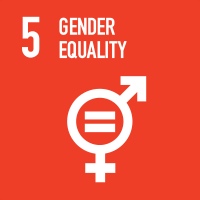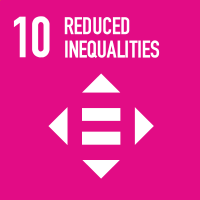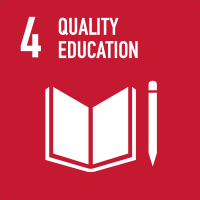Studying at the University of Verona
Here you can find information on the organisational aspects of the Programme, lecture timetables, learning activities and useful contact details for your time at the University, from enrolment to graduation.
Study Plan
This information is intended exclusively for students already enrolled in this course.If you are a new student interested in enrolling, you can find information about the course of study on the course page:
Laurea magistrale in Linguistics - Enrollment from 2025/2026The Study Plan includes all modules, teaching and learning activities that each student will need to undertake during their time at the University.
Please select your Study Plan based on your enrollment year.
1° Year
| Modules | Credits | TAF | SSD |
|---|
One module between the followingOne module among the followingOne module among the followingOne module among the following2° Year activated in the A.Y. 2024/2025
| Modules | Credits | TAF | SSD |
|---|
One module among the followingOne module between the following| Modules | Credits | TAF | SSD |
|---|
One module between the followingOne module among the followingOne module among the followingOne module among the following| Modules | Credits | TAF | SSD |
|---|
One module among the followingOne module between the following| Modules | Credits | TAF | SSD |
|---|
Legend | Type of training activity (TTA)
TAF (Type of Educational Activity) All courses and activities are classified into different types of educational activities, indicated by a letter.
Italian Linguistics (2023/2024)
Teaching code
4S002858
Teacher
Coordinator
Credits
6
Language
Italian
Scientific Disciplinary Sector (SSD)
L-FIL-LET/12 - ITALIAN LINGUISTICS
Period
CuCi 2 A, CuCi 2 B
Courses Single
Authorized
Learning objectives
The course has the following fundamental objectives:
1) to provide a general description of the structures of Italian (phonetics, morphology, morphosyntax, syntax);
2) to provide basic information about the diachronic grammar and history of the Italian language from its origins to the present;
3) to guide students in the morphosyntactic analysis of some significant texts in a diachronic and synchronic perspective (in relation to the type and scope of use).
Prerequisites and basic notions
There are no specific prerequisites, other than knowledge of the Italian language.
Program
The course aims to provide students with knowledge of the Italian language, following a contemporary approach, but with a historical dimension. In fact, we will examine the functioning of the oral and written language in its many uses. The language will be described and presented from a contemporary aspect, however hinged within the historical events that determined its evolution. The various levels of analysis of Italian linguistics (phonology, morphology, syntax, lexicon, textuality) will be examined mainly with regard to sociolinguistic contexts.
Bibliography
Didactic methods
The course will take place in the form of frontal lessons, managed in an active and shared manner, to stimulate participation from students.
Learning assessment procedures
The exam, both for attending and non-attending students, will be oral. It will consist of 3 questions aimed at ascertaining knowledge of the topics covered during the course.
Evaluation criteria
The technical knowledge of linguistic phenomena and the ability to critically rework what has been studied will be ascertained.
Criteria for the composition of the final grade
The questions will be worth 10 points each, for a total of 30 points. If the answers are all exhaustive and exhaustive, we will compete for praise.
Exam language
Italiano



